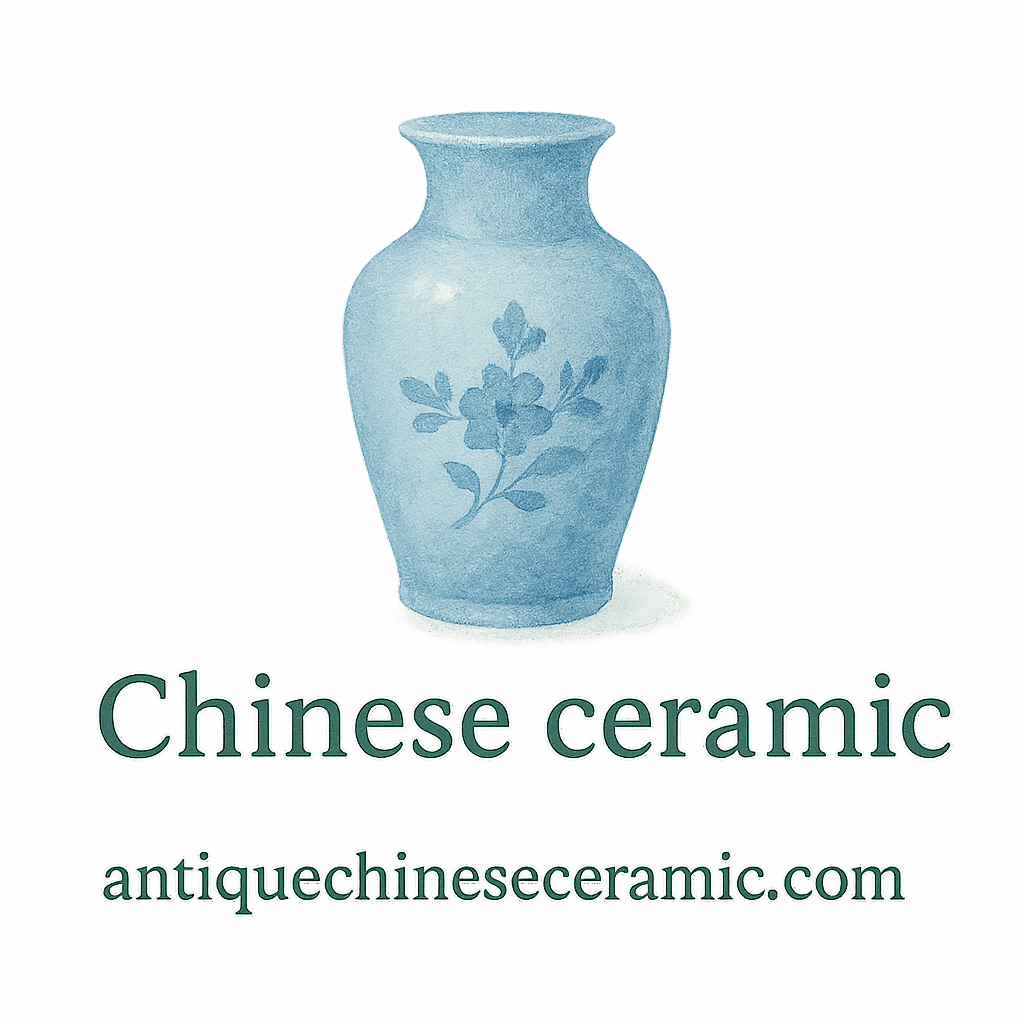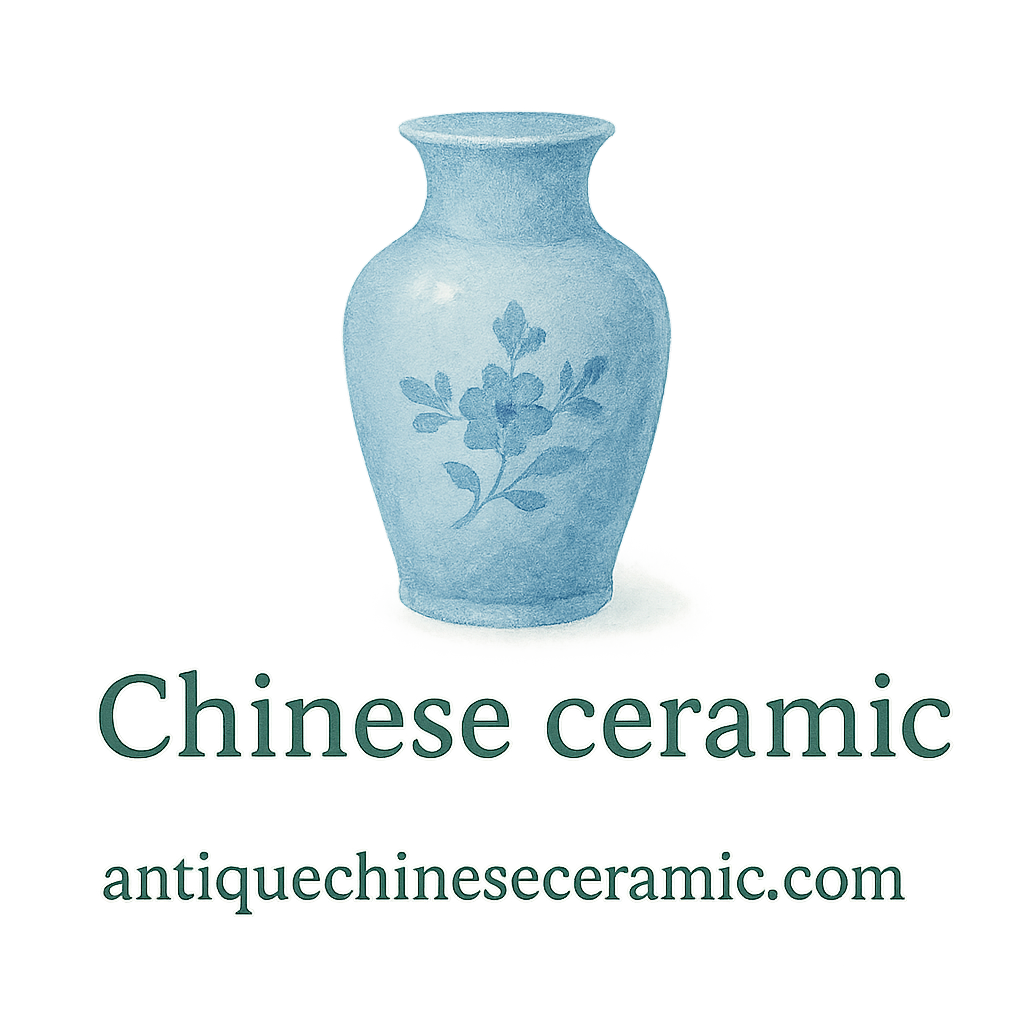If you’ve got a shelf or cabinet full of antique Chinese ceramics, chances are, you know how stunning and delicate they are. Whether it’s a Ming Dynasty vase or a Qing Dynasty bowl, cleaning these timeless treasures isn’t just about wiping away dust — it’s about preserving history. Today, we’ll dive deep into how to properly clean antique Chinese ceramics to maximize their longevity — without risking damage. Let’s make sure your porcelain beauties stand the test of time!
Why Cleaning Antique Chinese Ceramics Matters
Cleaning isn’t just about aesthetics. Over time, dust, oils, and airborne pollutants can degrade the surface of your ceramics. Incorrect cleaning methods can cause permanent damage, impacting both appearance and value. A well-maintained piece keeps its integrity, ensuring it remains a cherished heirloom or a valuable addition to any collection.
Understanding Your Antique Chinese Ceramics
Identifying True Antique Chinese Ceramics
Before you touch anything, identify what you’re working with. Not all Chinese ceramics are created equal. Some may be reproductions, while others may be rare finds from ancient dynasties. For a deeper dive into authenticity, check out our Identification Guide.
Recognizing Different Dynasties and Styles
Ceramics from the Tang, Song, Ming, or Qing dynasties all have unique glazes, paints, and construction techniques. Learning about their distinct qualities will help you determine the best cleaning approach. Visit our History Timeline to explore each style in detail.
Common Mistakes When Cleaning Ceramics
Let’s be real—scrubbing with the wrong material or using chemicals can turn a beautiful piece into a disaster. Even a single wrong move can cause cracks or remove valuable glaze. Always educate yourself on proper cleaning methods and avoid guesswork.
Top 10 Cleaning Tips for Antique Chinese Ceramic Longevity
1. Always Start with a Gentle Dusting
Sounds basic, right? But dust is sneaky. Use a soft brush or feather duster to gently remove surface dirt.
Tools You’ll Need
- A clean, soft-bristle brush (like a makeup brush)
- A microfiber cloth
- Compressed air (optional, for fragile areas)
This simple step avoids dragging dirt across the ceramic surface, which can lead to scratches.
2. Avoid Harsh Chemicals Like the Plague
Never use bleach, ammonia, or even generic glass cleaner. They can eat away at the glaze and even the ceramic material itself.
Why Chemical-Free is the Way to Be
Stick to gentle, pH-neutral cleaning agents or just distilled water. Need preservation tips? Check our Care & Preservation guide.
3. Use Distilled Water for Washing
Why distilled? Because tap water contains minerals that can leave deposits or react with old glazes.
Tap Water Can Be Trouble
Especially if your tap water is hard (loaded with calcium or magnesium), it may leave white residues or dull your piece’s shine over time.

4. Clean Using a Soft, Non-Abrasive Cloth
We get it — you want it to sparkle. But never use anything rough.
Microfiber is Your Best Friend
Microfiber towels are gentle enough to clean without harming the surface. They’re like the soft whispers of the cleaning world.
5. Use Cotton Swabs for Detailed Areas
The devil’s in the details—and so is the dirt. Use Q-tips to get into intricate designs and carvings.
Getting Into the Nooks and Crannies
Dip in distilled water, blot excess moisture, then gently swipe. No scrubbing!
6. Keep Your Hands Clean (or Use Gloves)
Your hands naturally carry oils that can settle on ceramic and attract dust.
Oils Can Do More Harm Than Good
Wear cotton gloves or wash your hands thoroughly before touching your pieces. This tip aligns with proper preservation methods.
7. Never Soak the Ceramic in Water
Soaking = trouble. It can seep into unseen cracks and expand them over time.
The Dangers of Over-Saturation
Even a quick dip can trap water inside, especially if the piece has existing micro-cracks. It’s better to wipe and blot.
8. Dry Thoroughly and Naturally
After cleaning, use a dry microfiber towel to blot any moisture. Then, let it air dry completely.
Letting Time Do the Work
Never use hair dryers or heaters. Sudden temperature changes can lead to fractures.
9. Store Properly After Cleaning
Once it’s squeaky clean, where you keep it matters just as much.
Safe Storage = Longer Life
- Avoid direct sunlight
- Use padded shelves or cabinets
- Keep humidity stable (40–60% is ideal)
Explore more on storage safety.
10. Seek Expert Advice for Stubborn Grime
If your piece has embedded dirt or questionable stains, stop and ask a pro.
When to Contact a Professional
Restorers and appraisers can clean without compromising value. Find one via our Appraisal Resources.
How Proper Cleaning Ties Into Preservation
Preventing Surface Damage and Cracks
Regular gentle cleaning prevents buildup that can damage glaze, enamel, and surface decoration. Once it’s gone — it’s gone for good.
Long-Term Storage Tips
Pair proper cleaning with smart storage. Humidity control and proper display methods (think padded supports, minimal handling) preserve your ceramics for generations. For collectors, visit our Collecting Guide.
Final Thoughts on Antique Chinese Ceramic Longevity
Preserving antique Chinese ceramics isn’t about aggressive scrubbing — it’s about patience, care, and knowing what to avoid. A little TLC (tender loving cleaning!) goes a long way. Use the tips above to keep your treasures looking amazing, while maintaining their historical and monetary value. Your collection deserves the best — so treat it like royalty from the dynasties it hails from!
Need more insight? Don’t miss out on all the rich resources over at Antique Chinese Ceramic — your go-to hub for everything ceramic, heritage, and care.
Frequently Asked Questions (FAQs)
1. Can I clean antique Chinese ceramics with vinegar or baking soda?
Nope! These can be too acidic or abrasive. Stick with distilled water and gentle cloths.
2. How often should I clean my antique Chinese ceramics?
Light dusting once a month is ideal. Deep cleaning? Only when truly needed.
3. What’s the best way to store ceramics after cleaning?
Use padded shelving, avoid direct sunlight, and keep the humidity moderate. For more tips, check out our storage guide.
4. Are microfiber cloths safe for all antique ceramics?
Yes, microfiber is ideal because it’s soft and non-abrasive.
5. Should I handle antiques with gloves?
Yes, especially for high-value or delicate items. Clean cotton gloves work best.
6. Can I repair damaged antique ceramics myself?
We don’t recommend DIY fixes. Reach out to professionals via our appraisal resources.
7. Where can I learn more about the history of my ceramic pieces?
Explore our detailed ceramic history section and timeline.


